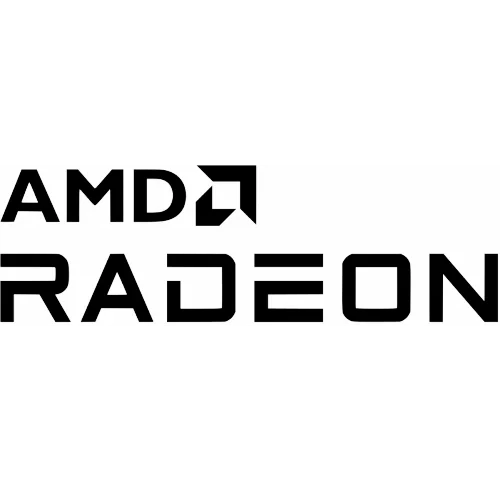A New Patch For Radeon DRM Power Savings

When it comes to the open-source ATI power management efforts, Red Hat's Matthew Garrett has been working on dynamic down-clocking through AtomBIOS, dynamic clocks support was added to the ATI driver for R500+ GPUs to support dynamic clock-gating and static power management, force low power mode options, and various other techniques are being worked on to conserve power like frame-buffer compression, shutting down PLLs, LVDS re-clocking, and more.
In September of this year there was then a set of patches that were published to introduce reading clock values, storing power management states, setting new power states, and reading min/max clock values for the ATI kernel mode-setting driver. This work was done by Rafał Miłecki. This initial work didn't do too much beyond laying the foundation for KMS power management support in the ATI stack, but it would automatically down-clock the GPU if the connected display was signaled off via DPMS. This morning though Rafał has published a new ATI power management patch for its DRM.
This newest patch adds dynamic engine re-clocking based upon the GPU's work load. His patch calculates the number of commands not yet processed by the GPU and uses that to judge the GPU's load. If all commands are processed, the GPU is then down-clocked with a 200ms delay, but if there are unprocessed commands, the GPU will re-up its clocks. Rafał's initial tests have yielded that this works for keeping the GPUs clocked lower (and thus conserving power) when just within KDE or glxgears, but when firing up a game like OpenArena the engine will re-clock itself to its performance state. No major performance drops were noted with this dynamic clocking patch.
This patch, however, is not 100% ideal yet as it does not deal with changing the frequency of the memory (waiting for IRQ support on that as it's important to not re-clock the memory when it's busy), voltages aren't being changed between states (it's on his TODO list for "later"), and there are also a few horizontal black lines that appear on the screen when the GPU engine is being re-clocked. This patch could also be more aggressive in determining its load and other factors.
However, for those interested in playing with this preliminary patch, it can be found on the dri-devel mailing list.
35 Comments

